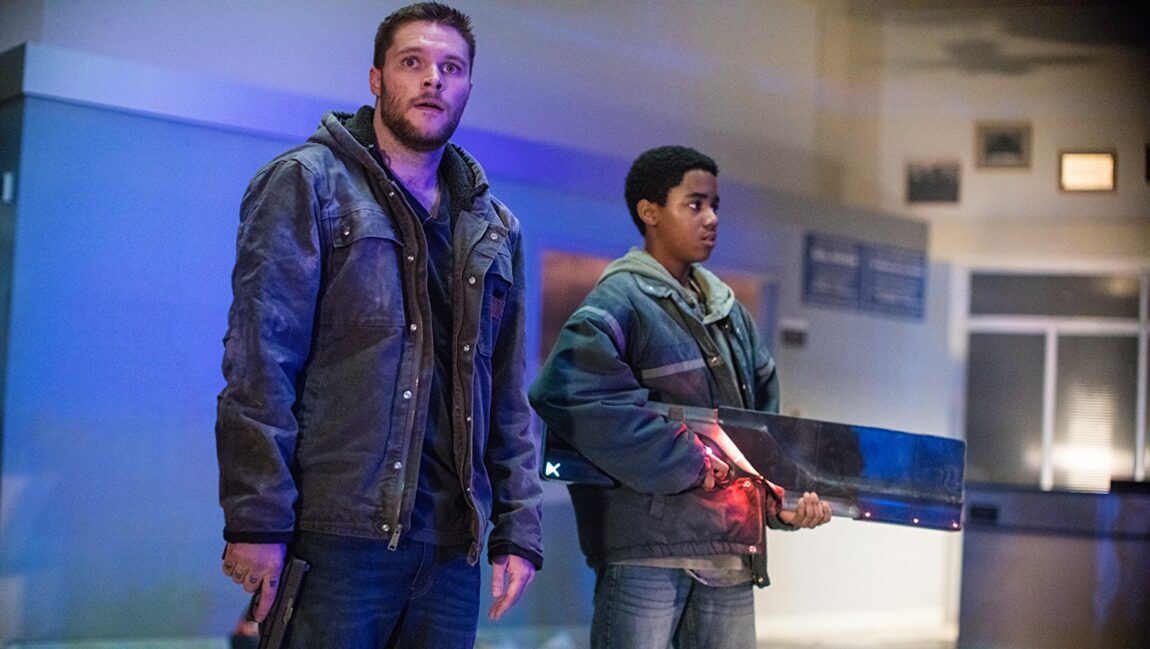Some directors spend their entire careers switching effortlessly between genres. Zack Snyder does not. He is an action director, and everything he makes emerges as an action film. Clearly he wishes to be seen as a jack of all trades, the kind of guy who can make any movie; he’s hung his name on a horror movie, two highly divergent examples of comic-book cinema, and now, a film populated by talking owls and aimed at children. All of these films, without fail, have come out chock full of amped-up action sequences, isolated moments of “awesome,” and endless, endless use of slow motion. While that approach has potential, it can become wearying when applied time and again, and some material has been more able to withstand Snyder’s bludgeoning tactics than others. The fantasy genre is probably one of those least suited to his approach; by aggressively ramping up its muscle-bound aggro-cool aspects, Snyder risks trampling the more delicate ones, and it’s in the delicacy that suspension of disbelief resides. Without disbelief suspended, things can start to look mighty silly. That’s what happened with Snyder’s lunkheaded 300, and that’s what happens with Legend of the Guardians: The Owls of Ga’Hoole—about a world populated by talking owls.
Snyder’s owls all articulate beautifully, thanks to state-of-the-art computer animation. Each is of a different species; for instance, Soren (Jim Sturgess), our young hero, is a barn owl. After falling out of his tree, Soren and his brother Kludd (Ryan Kwanten) are kidnapped by some evil owls and taken to St. Aggie’s, a mine/mountain fortification. Soren is shuttled into worker-drone service mining some MacGuffin-like substance from owl pellets while Kludd is deemed worthy for military service. One daring escape later, Soren and an elf owl named Gylfie (Emily Barclay) fly off in search of the Guardians, a mythical order of owls sworn to protect all of owlhood against owl-on-owl injustice. On their journey, these owls meet more owls, all different types, and far be it from me to suggest that the variety in species is a simple method for telling apart these otherwise-indistinguishable characters.
I’m far more likely to suggest that the owl angle is all this material has going for it. Replace the owls with humans and you have yet another pale young-adult fantasy cash-in on the popularity of The Lord of the Rings and Harry Potter destined to be forgotten as quickly as The Seeker: The Dark is Rising and The Spiderwick Chronicles. With owls, at least there’s a feathery difference, but that’s as far as the innovation goes. Beyond the hook, Guardians is bland down the line, a toxic combination of the generic and the incoherent. The screenplay has to stop every ten to fifteen minutes to explain another part of its mythology, from the important bits in the pellets (called “flecks”) to the evolution of the Guardian mythos to how its chief villain, the scarred and masked giant Metal Beak (Joel Edgerton), earned his moniker, yet for all the bluster, there’s nothing here that doesn’t come straight from the epic-journey template. Maybe the source novels get deeper into it; the film, drawn from three different books in the series, is practically a fantasy Mad Lib with the word “owl” plugged into the primary-noun slot and the word “gizzard” plugged into every third slot.
Replace the owls with humans and you have yet another pale young-adult fantasy cash-in on the popularity of The Lord of the Rings and Harry Potter destined to be forgotten as quickly as The Seeker: The Dark is Rising and The Spiderwick Chronicles.
So the material is weak, and that’s bad news for Snyder—the punk-rock cover-band of directors. Everything Snyder makes, no matter the genesis, ends up hard, fast and loud. But like any punk-rock cover song, the interpretation is only as good as the original material. It doesn’t matter how fast or how “ironic” you play it, “Copacabana” is still going to be “Copacabana,” and that’s Snyder’s inescapable failing. He can polish and stylize strong material just fine, but give him material that’s even a bit off the mark and he can’t make anything of it. Given the slightest room for ironic derision, his go-to bag of tricks begins to look like the desperate cover-up of a man who’s trying really hard to dazzle you with pretty lights and colors, to hammer you with blood and thunder and concussive noise so that you don’t notice the arid emptiness just under the surface. It takes a scary level of commitment to go balls-out and still make a fantasy piece work. Think of John Badham and Conan the Barbarian for a rare positive example. That’s a film that makes its steroidal ridiculousness work on a level that feels elemental, because Badham was willing to meet Robert E. Howard on his intended pulpy/stupid level.
Guardians just doesn’t get there, because Snyder can’t commit. In his frenzied stampede towards his preferred mode of discourse—with its imagistic fetishization and slow-down/speed-up action pacing and shock-and-awesome bits of fratboy cool strewn across CGI—he never stops to understand and accept the fundamental goofiness of the material with which he’s working. Nobody who understands the base silliness of a world full of owls wearing armor would write whole dialogue scenes around the word “gizzard,” and nobody who wanted their film taken seriously as a rousing, exciting fantasy epic would score a montage to the wispy likes of Owl City. (This sequence is the film’s nadir, as to be expected considering it’s scored to Owl Fucking City.) Children have to endure quite a lot of junk in the name of family-safe entertainment, and my gizzard tells me that this thing is a god-damned disaster no matter what your age.








No Comments